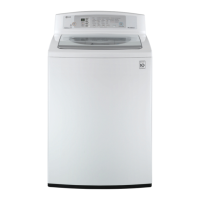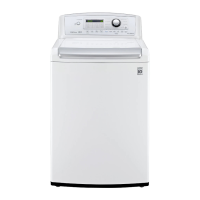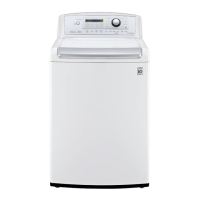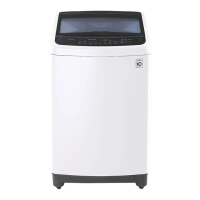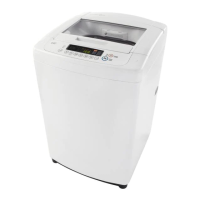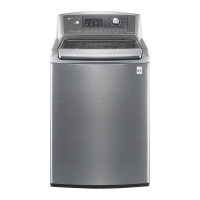Why are my clothes wrinkled after washing in my LG Washer?
- Eelizabeth38Sep 23, 2025
Wrinkling in your clothes after washing in your LG Washer can occur because the washer wasn't unloaded promptly, it was overloaded, or the hot and cold water inlet hoses are reversed. Always remove items as soon as the cycle is done. Ensure the washer isn't tightly packed. Check the inlet hose connections.
